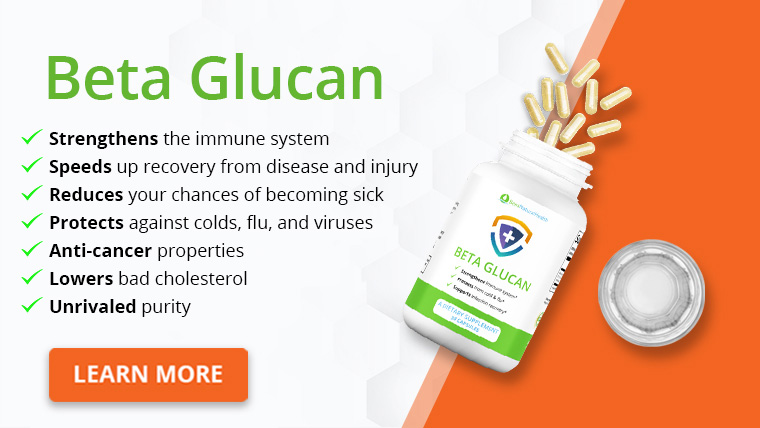A yeast infection is an infection that occurs when there is an overgrowth of yeast in a particular area of your body.
These yeasts, scientifically known as candida, naturally exist in various parts of the body, such as the skin, mouth, throat, intestines, penis, and vagina.
Your immune system also plays a role in keeping these organisms in check, and when it is suppressed, there can be an overgrowth.
Vulvovaginal candidiasis
Vulvovaginal candidiasis refers to yeast infections that affect a woman’s vagina. For most people, vulvovaginal candidiasis is what comes to mind when the term “yeast infection” is mentioned because it is the most widely occurring type.
According to the CDC, vaginal yeast infections are the second most common type of vaginal infection, and they cause up to 1.4 million outpatient visits each year.
Vaginal candidiasis causes symptoms such as itching, redness, and swelling of the vagina, pain during urination or while having sex, and abnormal vaginal discharge.
The discharge caused by yeast infections is usually whitish to creamy in color. It is often described as similar to cottage cheese, with a clumpy consistency. However, it can also be watery in consistency.
These symptoms are similar to those caused by UTIs, but there are key differences between UTIs and yeast infections.

Causes and risk factors
As already mentioned above, yeast infections occur when there is an overgrowth of yeast cells. There are several factors and conditions that can cause or increase your risk of having an overgrowth of yeast. Some of them are:
1) Antibiotic use
Taking antibiotics, particularly broad-spectrum antibiotics, can increase your risk of developing a yeast infection.
This is because antibiotics can kill off healthy bacteria, which disrupts the natural balance and allows yeast to grow excessively.
2) Immunosuppression
Your immune system helps to keep naturally occurring organisms in your body at a balance and prevent them from growing out of control.
As a result, when your immune system is weak, you are at a higher risk of yeast infections.
3) Hormonal changes
Hormonal changes in times like pregnancy, breastfeeding, and menopause can affect the balance of microbes in certain areas of your body.
Also, hormone-based medications like hormonal-replacement therapy and birth control pills can have the same effect and predispose you to yeast infections.
4) Pregnancy
Pregnancy weakens the immune system to allow the fetus, which is like a foreign body, to live in the woman’s uterus.
Also, as we just mentioned, hormonal changes in pregnancy can stimulate yeast overgrowth. Having conditions such as gestational diabetes can further increase the risk.
5) Unprotected sex
While it is not a common occurrence, yeast infections can be transmitted from one person to another.
Approximately 15 percent of men develop symptoms of candida balanitis after having sex with a female partner who has a yeast infection.
The yeast from the woman’s vagina can spread over the man’s penis and stimulate an overgrowth of already present candida. Women can also be infected by a male partner.
In addition, yeast infections can be transmitted from the genitals to the mouth via oral sex.
It is important to note that while yeast infections can be transmitted sexually, they are not considered to be sexually transmitted infections (STIs) because you can get them even without having sex.
6) Breaks in the natural barrier
There are a number of natural barriers that protect the body from the outside world. These include the skin and the mucous membranes in the mouth, vagina, and penis.
When these barriers are broken, normal opportunistic flora like candida can take advantage of the breach and colonize the area.
As such, injuries like burns, cuts, or surgical incisions increase your risk of a yeast infection.
Things that contribute to yeast infections
In addition to understanding the causes and risk factors, knowing some of the things that can worsen or contribute to yeast infections can help you prevent or avoid them. We discuss five of them below.
1) Tight clothing
Yeasts thrive in warm and moist environments. Wearing tight-fitting clothes around your genital area can trap moisture and heat, which encourages their growth.
2) Having foreskin
As a man, being uncircumcised could predispose you to yeast infections because the foreskin can serve as a favorable moist environment for candida to grow.
Ensure that the area is kept clean and dry.
3) Poor hygiene
Failing to keep your genital area or your mouth clean can contribute to the overgrowth of yeast.
4) Douching
For women, douching is a practice that can disrupt the natural balance of bacteria in your vagina.
It may kill off some of the bacteria that help control yeast overgrowth and, thereby, predispose you to a yeast infection.
5) High-sugar diet
Yeast loves sugar and thrives in an abundance of it. Eating carbohydrate-dense foods like white flour and rice may predispose you to yeast infections. This is another reason why diabetes mellitus increases the risk of candidiasis.
Following a yeast infection diet might help reduce your risk of Candida.

How to prevent yeast infections
It is important to note that you may be predisposed to frequent yeast infections, e.g., if you are immunocompromised or if you have a genetic predisposition.
Completely avoiding and preventing yeast infections is not always possible for everyone. However, taking some steps to reduce the risk can be very helpful.
Preventing genital candidiasis
When it comes to avoiding yeast infections of the vagina and penis, here are a few things you can do:
1) Avoid sexual activity with an infected partner
Since yeast infections are transmissible, it is best to avoid having sex with someone that is infected.
Not only does doing this lower your risk, but it also reduces discomfort in the affected person and can help them recover faster.
2) Keep genitals clean and dry
Be sure to keep your genital area clean. It is best to use unscented and mild soaps to prevent irritation. Also, keep the area dry by patting it dry after washing.
As a woman, it is particularly important to ensure that you wipe from front to back after using the toilet.
As a man, pay particular attention to your foreskin if you are uncircumcised. Ensure that the area is kept clean and dry.
Use breathable underwear
It is best to wear breathable underwear and loose-fitting clothes around your pelvic area.
Avoid materials like nylon that can trap heat and moisture. Instead, go for fabrics like cotton and linen.
4) Don’t wear wet clothes for long
Remember that yeasts thrive in moist environments.
Avoid wearing wet clothes like swimsuits and gym outfits for long. Change out of such clothes as soon as possible.
5) Change sanitary products regularly
If you are a woman, be sure to change the sanitary products you use during your period – e.g., tampons, pads, and panty liners – often.
6) Promote the natural balance
If you are prone to yeast infections, you can try to promote the natural balance of normal flora by eating foods with probiotics (e.g., yogurt) or by taking probiotic supplements.
This may be particularly helpful when you are taking prescribed antibiotics.
You could also try taking antifungal medications such as fluconazole along with antibiotics. Be sure to discuss any supplements or drugs you plan on using with your doctor.
7) Use antibiotics only when necessary
Avoid indiscriminate use of antibiotics. It is best to use antibiotics only as prescribed by a certified healthcare provider.
Preventing oral candidiasis
To reduce the odds of developing oral yeast infections, here are a few things you can do:
- Maintain good oral hygiene by brushing and flossing your teeth at least twice daily.
- Use a soft bristle brush to avoid injuring your mouth’s mucous membrane when you brush your teeth.
- If you wear dentures, be sure to clean them often.
- Visit your dentist regularly.
- Avoid having oral sex with an infected person.
- Consider wearing a dental dam when having oral sex.
Conclusion
Yeast infections are extremely common infections, particularly in women.
They occur when there is an overgrowth of yeast which can be due to a disruption in the natural balance of microorganisms or a weakened immune system.
They can also be transmitted from person to person.
The key to preventing yeast infections is to understand the causes, the risk factors, and the contributory factors. However, it is not always possible to completely avoid them.
If you suspect that you have a yeast infection, it is best to see a doctor to get an appropriate diagnosis and treatment.
Explore More







